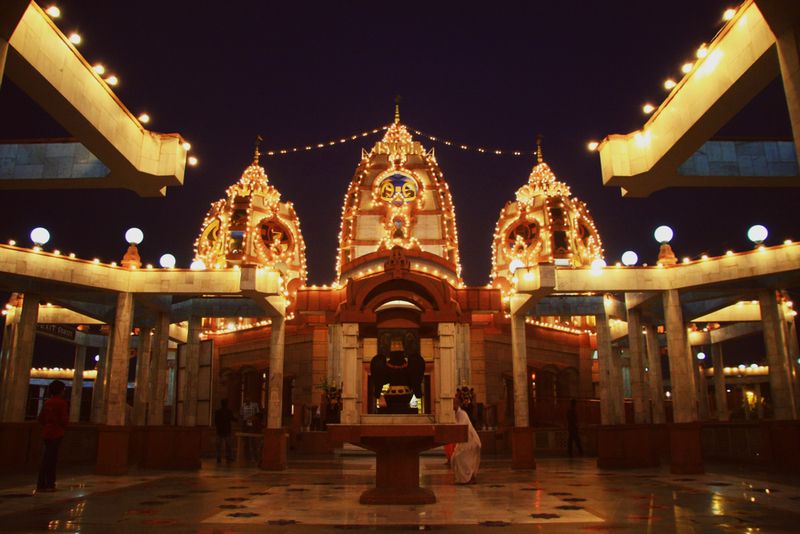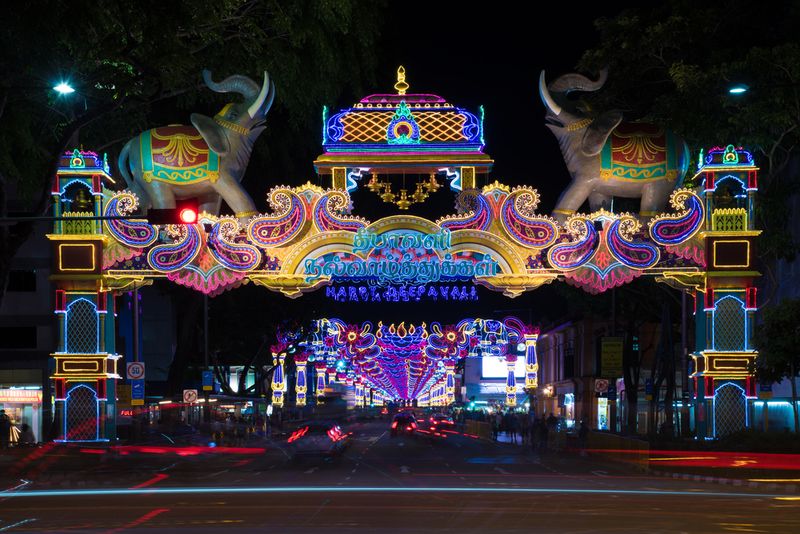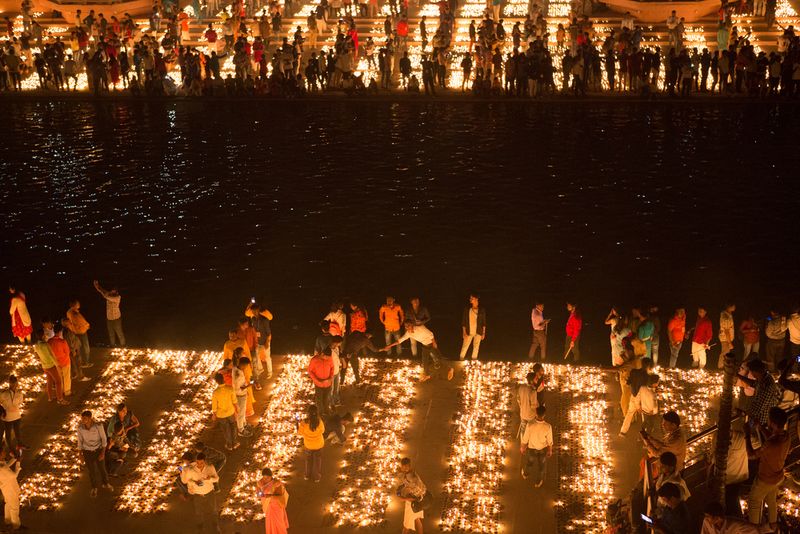Most of you probably looked at the title and knew every word except for the first one. Well, now is a great time to broaden your horizons and learn a little bit about other cultures and the new vocabulary that comes along with them. This time we're talking about the Hindu holiday of Diwali.
Generally speaking
In the Hindu tradition, Diwali is the festival of lights (a little like the Jewish Hanukkah or the Yi Peng Festival in Thailand). It is a full celebration of light's victory over the darkness and the power of good over the power of evil.

So when does it happen?
The Hindu people have a calendar that is a little different than the common gregorian one. This means that there is no regular answer to that question. The holiday is celebrated in the 8th month of the Hindu calendar, but if we must translate it to gregorian terms, it usually comes down to some time around October or November.
Holiday traditions
Unsurprisingly, the word Diwali means "a row of lights", and that's exactly what India looks like during the festivities. The Hindu decorate their houses and streets with lights, traditional lamps called dyias, and candles, and the night streets are lit with fireworks displays.

Visitors of a Diwali celebrating community would love to see them all wearing their finest clothes and fanciest jewelry. Their traditional customs also include family dinners and Puja prayers to the Hindu goddess of prosperity, Lakshmi.
The holiday myth
There are numerous ethnic groups living in India, and their mythological tales may differ based on the group or where it lives. This means that the holiday has a lot of different myths and traditions behind it, depending on the community that celebrates it. Still, the most common and well known mythological tale behind the holiday is the story of Rama the god-king.

The legend has it that he fought the demon-king Ravana and his army of evil after years in exile and was finally able to go back home to his kingdom. Coming back from the darkness of exile to the light of his kingdom, his Hindu followers decorate everything with light to help him find his way home. Of course, there is a much more detailed version of it in the Ramayana — the Hindu epic of Rama's life.
Most of you probably looked at the title and knew every word except for the first one. Well, now is a great time to broaden your horizons and learn a little bit about other cultures and the new vocabulary that comes along with them. This time we're talking about the Hindu holiday of Diwali.
Generally speaking
In the Hindu tradition, Diwali is the festival of lights (a little like the Jewish Hanukkah or the Yi Peng Festival in Thailand). It is a full celebration of light's victory over the darkness and the power of good over the power of evil.

So when does it happen?
The Hindu people have a calendar that is a little different than the common gregorian one. This means that there is no regular answer to that question. The holiday is celebrated in the 8th month of the Hindu calendar, but if we must translate it to gregorian terms, it usually comes down to some time around October or November.
Holiday traditions
Unsurprisingly, the word Diwali means "a row of lights", and that's exactly what India looks like during the festivities. The Hindu decorate their houses and streets with lights, traditional lamps called dyias, and candles, and the night streets are lit with fireworks displays.

Visitors of a Diwali celebrating community would love to see them all wearing their finest clothes and fanciest jewelry. Their traditional customs also include family dinners and Puja prayers to the Hindu goddess of prosperity, Lakshmi.
The holiday myth
There are numerous ethnic groups living in India, and their mythological tales may differ based on the group or where it lives. This means that the holiday has a lot of different myths and traditions behind it, depending on the community that celebrates it. Still, the most common and well known mythological tale behind the holiday is the story of Rama the god-king.

The legend has it that he fought the demon-king Ravana and his army of evil after years in exile and was finally able to go back home to his kingdom. Coming back from the darkness of exile to the light of his kingdom, his Hindu followers decorate everything with light to help him find his way home. Of course, there is a much more detailed version of it in the Ramayana — the Hindu epic of Rama's life.